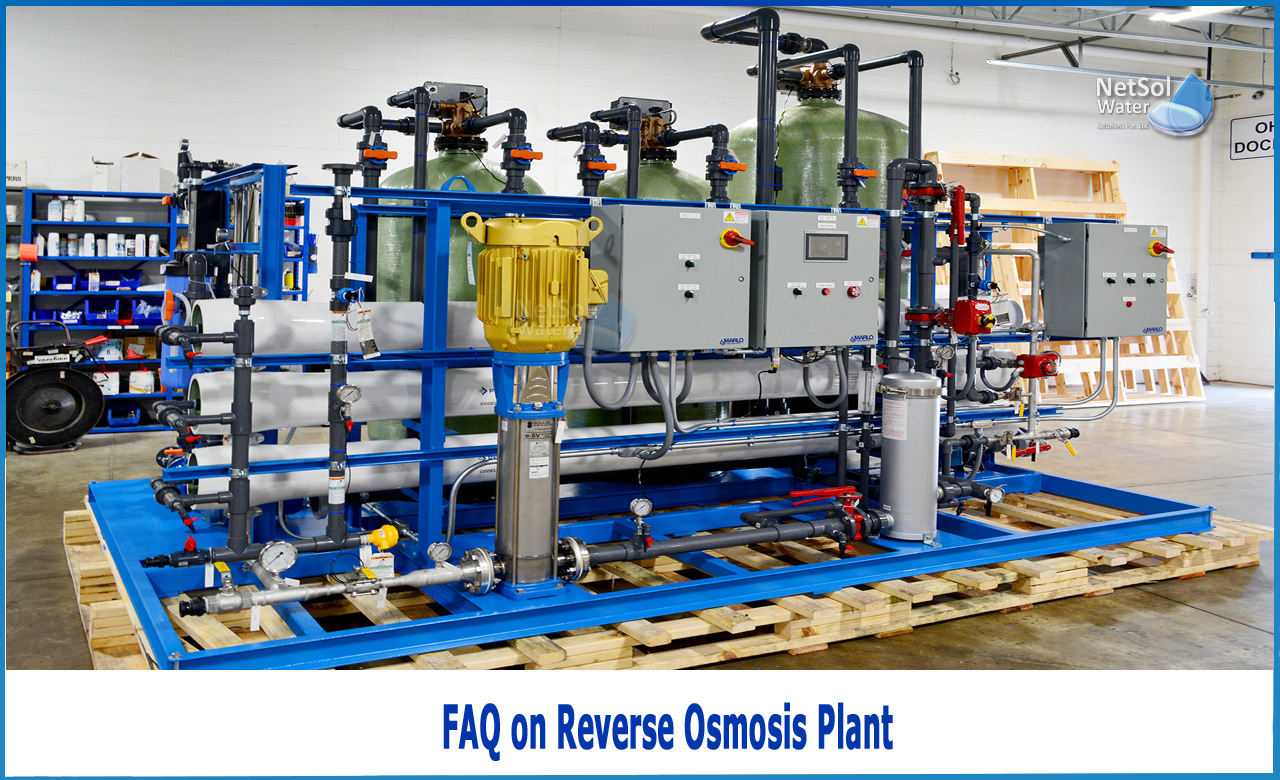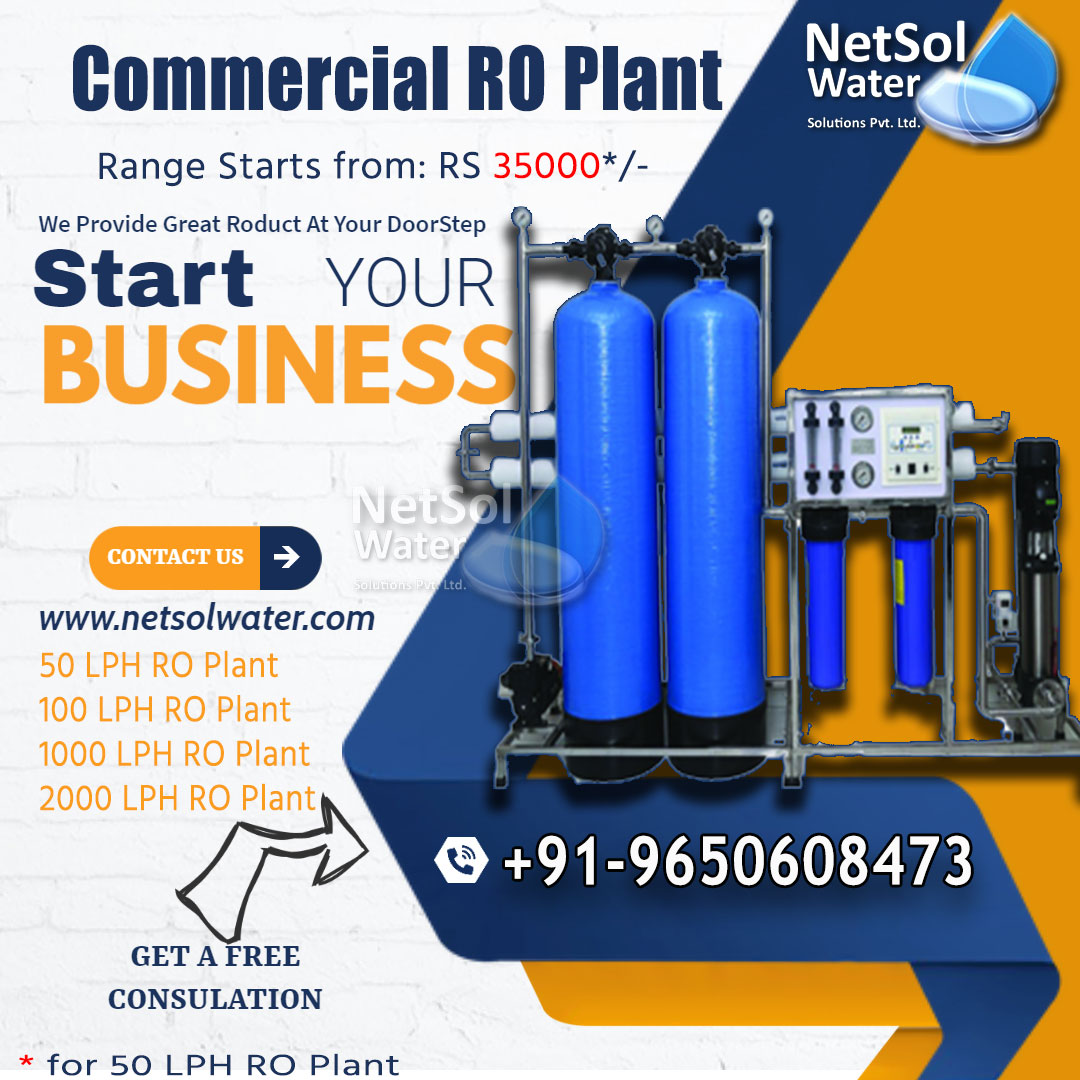Q1: Is water rejected by a reverse osmosis plant?
The rejected component in small-capacity RO systems designed for home use can be as high as 45 percent. If the RO water has a salt level of less than 1000 ppm, for example, the reject water will have a low salt content and can be utilized for gardening or flushing.
Q2: Can RO water plants be outlawed?
RO plants use the Reverse Osmosis (RO) technique, which combines active carbon and particle filtration to provide multi-stage filtration of water. Water is forced to flow through a semi- permeable membrane (a polymer film) with extremely small pores, which filters out minerals and pollutants. The pollutants are subsequently flushed out of the system through an exit pipe.
In circumstances where the total dissolved solids in the water source are less than 500 mg/litre, the National Green Tribunal (NGT) can issue an order prohibiting the use of RO plants.
Q3: What factors should people examine before purchasing RO water plant?
• RO should only be used if the salt level of the water to be consumed is substantially greater than what is recommended.
• Even in this case, lowering the salt amount to 10 or 20 ppm is detrimental. Rainwater harvesting typically works miracles when the salt content of the water is very high, even for non-potable reasons.
• If the water includes coliform bacteria, the source of the contamination should be identified and the contamination should be removed.While RO may be recommended, eliminating the cause is the safer and preferred option, as well as the most cost-effective.
• Those considering RO for high-salt water should analyse the volume expected to be treated every day and ask the provider how long the media will operate effectively with that volume, what the cost of replacing the media is, and what the monthly running costs are, in addition to the capital cost.
Q4: Is Sodium eliminated from water by RO?
YES! Reverse osmosis was developed to desalinate seawater or brackish water for drinking purposes. For people who follow a low-sodium diet, RO is the best method for removing salt, especially from softened water. In fact, installing a reverse osmosis drinking water system to work with your water softener is the most thorough approach to remove salt from soft wateralong with a host of other impurities like chlorine and lead.
Q5: What is the purpose of the RO + UV/UF double purification?
Unlike typical water filtration methods, RO + UV/UF technology ensures that water is purified twice, allowing for fewer pollutants to remain in your drinkable water.The entire procedure fully destroys germs and viruses, ensuring that the water is completely safe to drink at all times.
UV and RO filter technology arose as a result of subsequent technological advancements. These water purification machines combine Ultraviolet and Reverse Osmosis to filter out even the tiniest particles and improve the taste of the water.
Conclusion
The best part about these devices is how simple they are to set up and operate. The gadgets are equipped with a dispenser from which users can obtain water directly. Most businesses and institutions now have RO water plants on their grounds so that everyone has access to clean drinking water.
What do we offer?
If you are looking for the best water treatment plant which includes RO Plants and Water Softeners, then you are at the right place!




